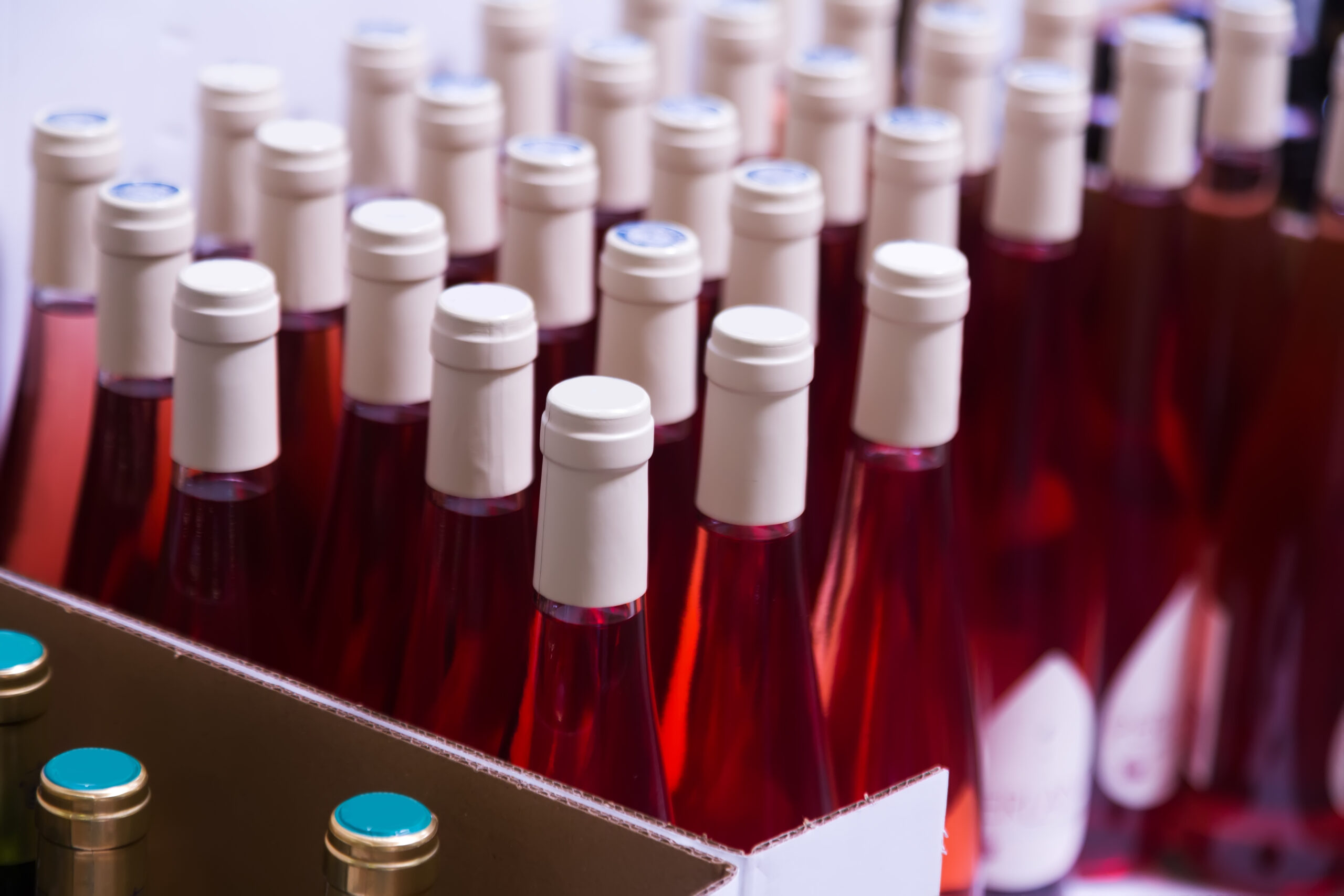The ageing of wine is a subject that has fascinated people for centuries. What transforms a simple liquid into a complex beverage costing thousands of dollars a bottle? Is it purely the passage of time, or are there complex biochemical processes at work?
This blog post will delve deeper into each facet of wine ageing and cellaring. You can unlock some of the mysteries of this timeless practice!
The biochemistry of aging
In a nutshell, the transformation wine undergoes during ageing is a series of biochemical reactions. The leading players are phenolic compounds like tannins, flavonoids, and anthocyanins. Tannins are crucial because they combine with other elements to form longer molecular chains. They result in a wine that tastes softer, less astringent, and more complex.
Additionally, the acids in wine react with alcohol to form aromatic compounds called esters. This rich chemical interaction tapestry turns a young, often harsh wine into a balanced and harmonious beverage over time.
Oxidation vs. reduction
While oxidation can be detrimental in many food products, it plays a dual role in wine. When controlled, it can enhance flavours and mellow the wine. For example, winemakers intentionally oxidize sherry to achieve its unique flavour profile. However, excessive oxygen contact can ruin the wine, leaving the beverage flat, lifeless, and sometimes vinegary.
On the other hand, a reductive environment preserves the wine’s youthful traits. Still, if too extreme, it can result in unpleasant sulfurous aromas. The challenge lies in striking the right balance. This is whyThe ageing of wine is a subject that has fascinated people for centuries. What transforms a simple liquid into a complex beverage costing thousands of dollars a bottle? Is it purely the passage of time, or are there complex biochemical processes at work?
This blog post will delve deeper into each facet of wine ageing and cellaring. You can unlock some of the mysteries of this timeless practice!
The biochemistry of aging
In a nutshell, the transformation wine undergoes during ageing is a series of biochemical reactions. The leading players are phenolic compounds like tannins, flavonoids, and anthocyanins. Tannins are crucial because they combine with other elements to form longer molecular chains. They result in a wine that tastes softer, less astringent, and more complex.
Additionally, the acids in wine react with alcohol to form aromatic compounds called esters. This rich chemical interaction tapestry turns a young, often harsh wine into a balanced and harmonious beverage over time.
Oxidation vs. reduction
While oxidation can be detrimental in many food products, it plays a dual role in wine. When controlled, it can enhance flavours and mellow the wine. For example, winemakers intentionally oxidize sherry to achieve its unique flavour profile. However, excessive oxygen contact can ruin the wine, leaving the beverage flat, lifeless, and sometimes vinegary. winemakers use specific types of closures and storage methods to control the wine’s exposure to oxygen.
What are cellaring conditions?
The surroundings where you store wine can support or hinder its graceful ageing. Temperature fluctuations, improper humidity levels, and excessive light can negatively affect a wine’s development. That is why professional cellars and wine fridges aim to keep these variables constant. Even the angle at which you store the bottle matters.
Vibration is another overlooked factor. Excessive movement can accelerate chemical reactions, leading to premature ageing. Serious collectors build cellars away from vibration sources like laundry rooms or garages.
The role of the winemaker
Winemaking is as much an art as it is a science. The winemaker’s decisions have long-term implications on how well a wine will age.
The choice of an ageing vessel is also crucial. Oak barrels, often used for reds and some whites, can impart vanilla, spice, and smoke flavours. Still, they also allow a small amount of oxygen to interact with the wine, aiding the ageing process.
On the other hand, stainless steel tanks are entirely impermeable. This feature makes them better suited for wines that retain their youthful freshness. The winemaker’s skill lies in making these choices to maximize the wine’s potential for ageing.
To age or not to age?
Only some wines are destined for long-term storage. Wines high in tannins and acidity have the best shot at ageing well. The reason is that these components act as natural preservatives. However, many wines are made for immediate enjoyment and lack the structure needed for ageing.
So, how does one determine which wines to age? It takes a combination of knowledge, advice from experts, and personal taste. Remember that different vintages and producers can vary widely in ageing potential, even within a single varietal, like Cabernet Sauvignon. One of the joys of wine collecting is discovering how these nuances manifest over time. It allows you to curate your future selections better.
Conclusion
The ageing and cellaring of wine is a captivating blend of science, art, and serendipity. Understanding this science can profoundly enrich your appreciation for this beverage, whether you are a casual wine drinker or a collector. So the next time you uncork a bottle of wine, you will release its flavours and unlock a chapter in its life story.
We hope this exploration has been intriguing for you. Do you have any questions or thoughts to share? Feel free to reach out. Cheers to the journey that each bottle of wine takes through time!

